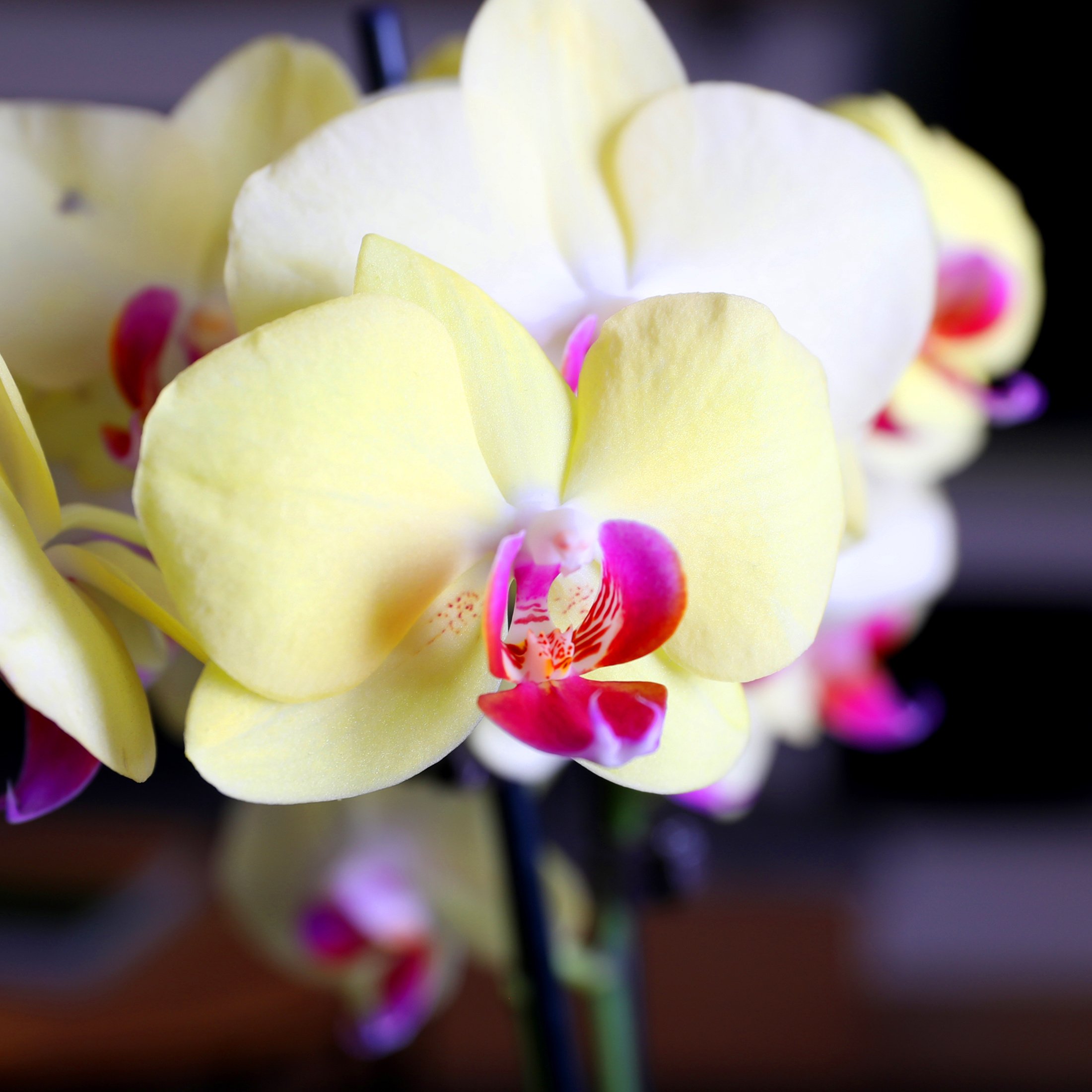
You’ve noticed some odd little bumps on your beloved orchids and now you're worried. Don't stress—those are likely scale insects, a common pest problem. Scale on orchids can seem intimidating, but with the right approach, you can easily manage it. In this guide, we’ll walk you through what scales on orchids are, how to identify them, and most importantly, how to prevent and treat these pests.
Scale insects on orchids are tiny pests that feed on your plant's sap, causing potential damage if not addressed. These pests belong to the Hemiptera order and are tough to spot due to their hard, shell-like covers. They look like small, rounded bumps clinging to orchid leaves and stems.
If you notice yellowing leaves, sticky substances on your leaves, or black moldy spots, you might have scales on your plant. Orchids thrive in warm, humid conditions—unfortunately, so do scale insects. Stress factors like overwatering, poor light, or inadequate air circulation can make your orchids more vulnerable to these pests. Regularly checking your plant, specifically its leaves, will help you avoid an infestation.
Look for small, waxy bumps on leaves and stems, which can be brown, black, or yellow. Don't forget to check the undersides of leaves and where leaves meet stems—these are favorite hiding spots for scales on orchids.
There are two main types of scale that affect orchids: soft scale and hard scale. Soft scales are more damaging as they excrete honeydew, leading to sooty mold and attracting ants. They are plump and oval-shaped. Hard scales are less harmful, appearing as tiny, hard shells. Recognizing these can help in selecting the right treatment.
Regular inspections with a magnifying glass can help you catch scale insects on orchids early.
Preventing scale on orchids starts with good care practices. Ensure your orchids receive the right amount of light, humidity, and air circulation. Avoid overcrowding your plants to improve airflow, which deters scales on orchids.
If you do find scale, act quickly. You can manually remove or tackle them using a slightly harsher method. Always follow instructions to protect your plants and repeat applications if needed to fully eliminate scale insects on orchids.
Here are a few treatment options you can try:
Rubbing alcohol: Administer either with a cotton ball or a misting bottle (50/50 water and alcohol solution). Isopropyl alcohol can help you to get rid of scale infestations, but it will need to be repeated every one to two weeks.
Repotting: Your orchid’s potting medium can harbor scale eggs and crawlers, so repotting is one way to minimize the chances the scale infestation will continue.
Horticultural, neem, and mineral oils: These oils smother insects and are considered a safer option for orchid owners with pets or children. Mix the oil with water and completely cover the plant with the solution via a spray bottle.
Insecticidal soaps: One step down from an insecticide, insecticidal soaps can also help manage infestations, but make sure to keep your plant out of the sun after application to avoid sunburn.
Insecticides: Since these are harsh chemicals, look for a synthetic option like Orthene, Malathion, Diazinon, or Carbaryl.

Copyright Just Add Ice® Orchids 2023